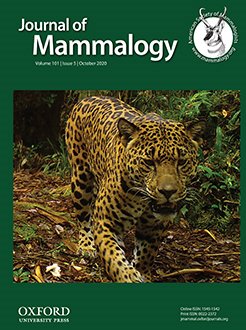Robust abundance estimates of wild animal populations are needed to inform management policies and are often obtained through mark–recapture (MR) studies. Visual methods are commonly used, which limits data collection to daylight hours and good weather conditions. Passive acoustic monitoring offers an alternative, particularly if acoustic cues are naturally produced and individually distinctive. Here we investigate the potential of using individually distinctive signature whistles in a MR framework and evaluate different components of study design. We analyzed signature whistles of common bottlenose dolphins, Tursiops truncatus, using data collected from static acoustic monitoring devices deployed in Walvis Bay, Namibia. Signature whistle types (SWTs) were identified using a bout analysis approach (SIGnature IDentification [SIGID]—Janik et al. 2013). We investigated spatial variation in capture by comparing 21 synchronized recording days across four sites, and temporal variation from 125 recording days at one high-use site (Aphrodite Beach). Despite dolphin vocalizations (i.e., echolocation clicks) being detected at each site, SWTs were not detected at all sites and there was high variability in capture rates among sites where SWTs were detected (range 0–21 SWTs detected). At Aphrodite Beach, 53 SWTs were captured over 6 months and discovery curves showed an initial increase in newly detected SWTs, approaching asymptote during the fourth month. A Huggins closed capture model constructed from SWT capture histories at Aphrodite Beach estimated a population of 54–68 individuals from acoustic detection, which overlaps with the known population size (54–76 individuals—Elwen et al. 2019). This study demonstrates the potential power of using signature whistles as proxies for individual occurrence and in MR abundance estimation, but also highlights challenges in using this approach.
How to translate text using browser tools
17 August 2020
Mark–recapture of individually distinctive calls—a case study with signature whistles of bottlenose dolphins (Tursiops truncatus)
Emma G. Longden,
Simon H. Elwen,
Barry McGovern,
Bridget S. James,
Clare B. Embling,
Tess Gridley
ACCESS THE FULL ARTICLE

Journal of Mammalogy
Vol. 101 • No. 5
October 2020
Vol. 101 • No. 5
October 2020
abundance estimation
Africa
bioacoustics
capture–recapture
conservation
fixed sensors
individual identity




